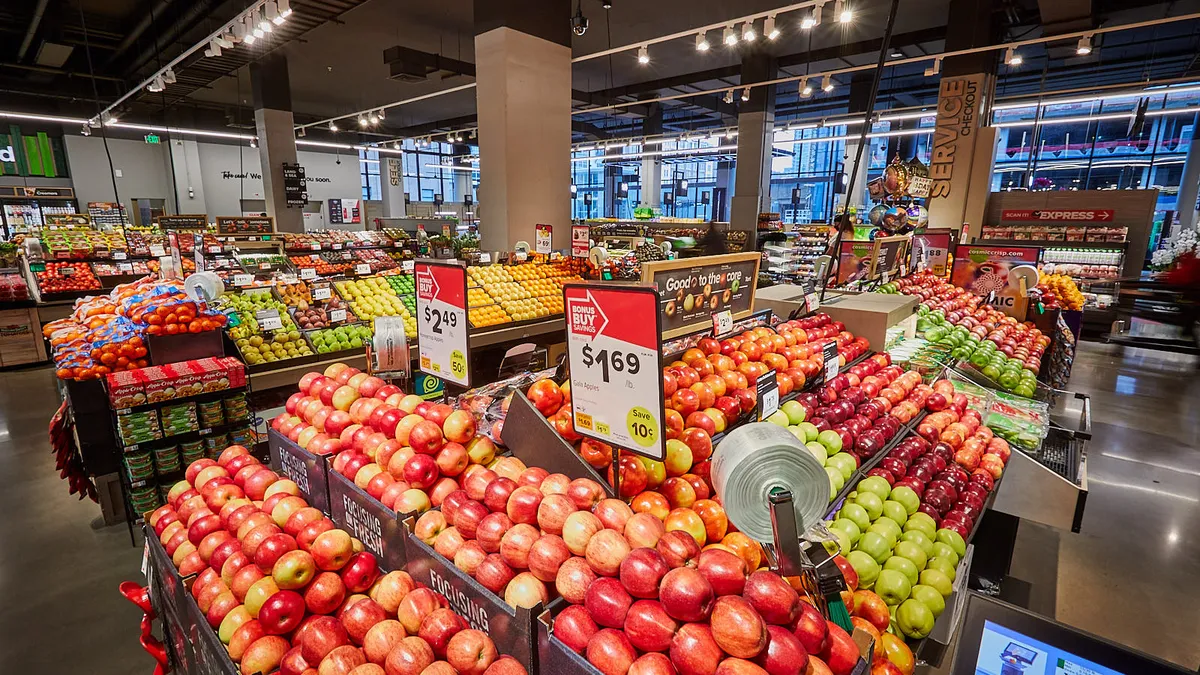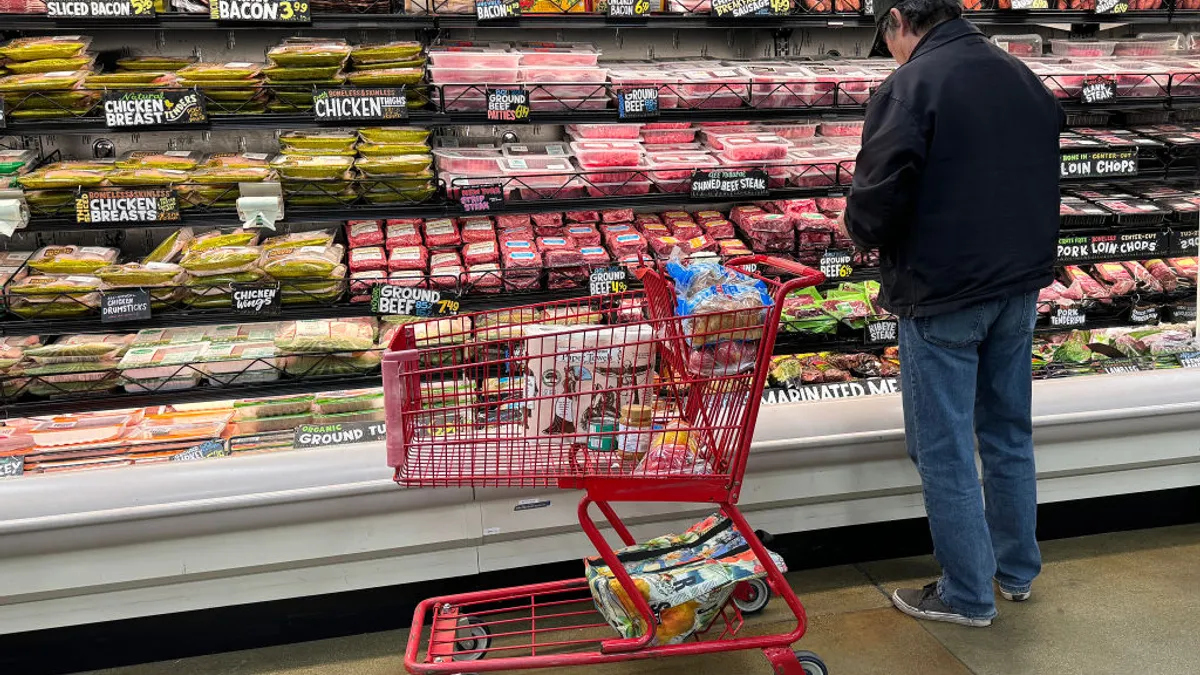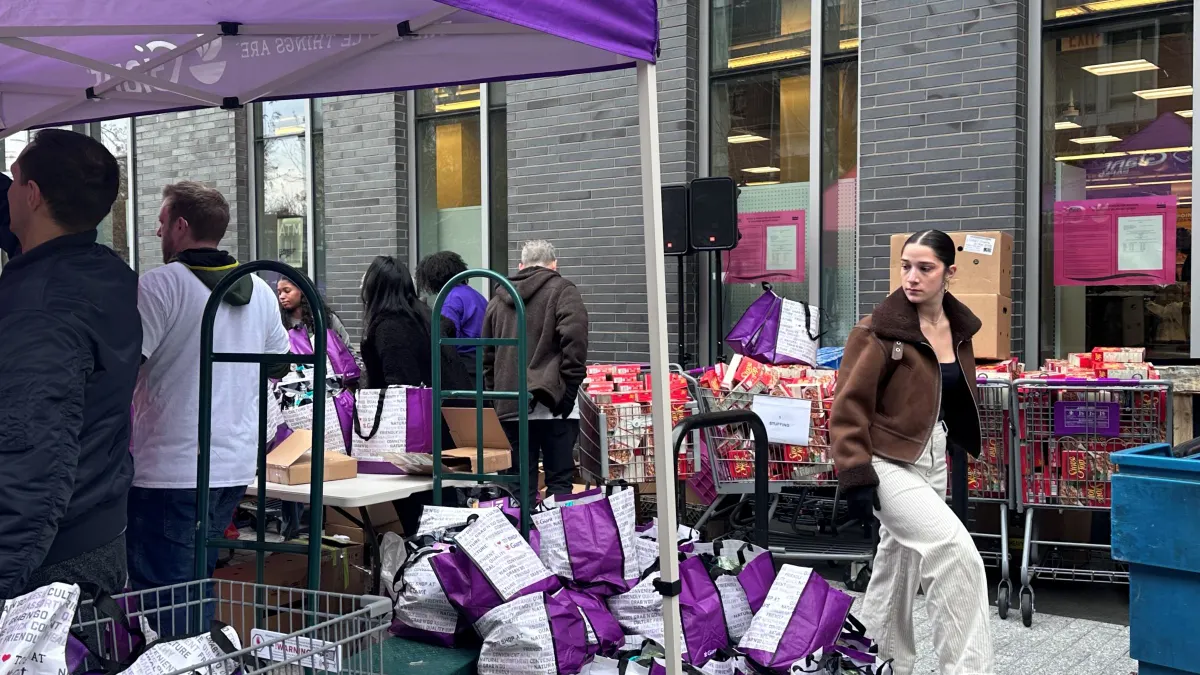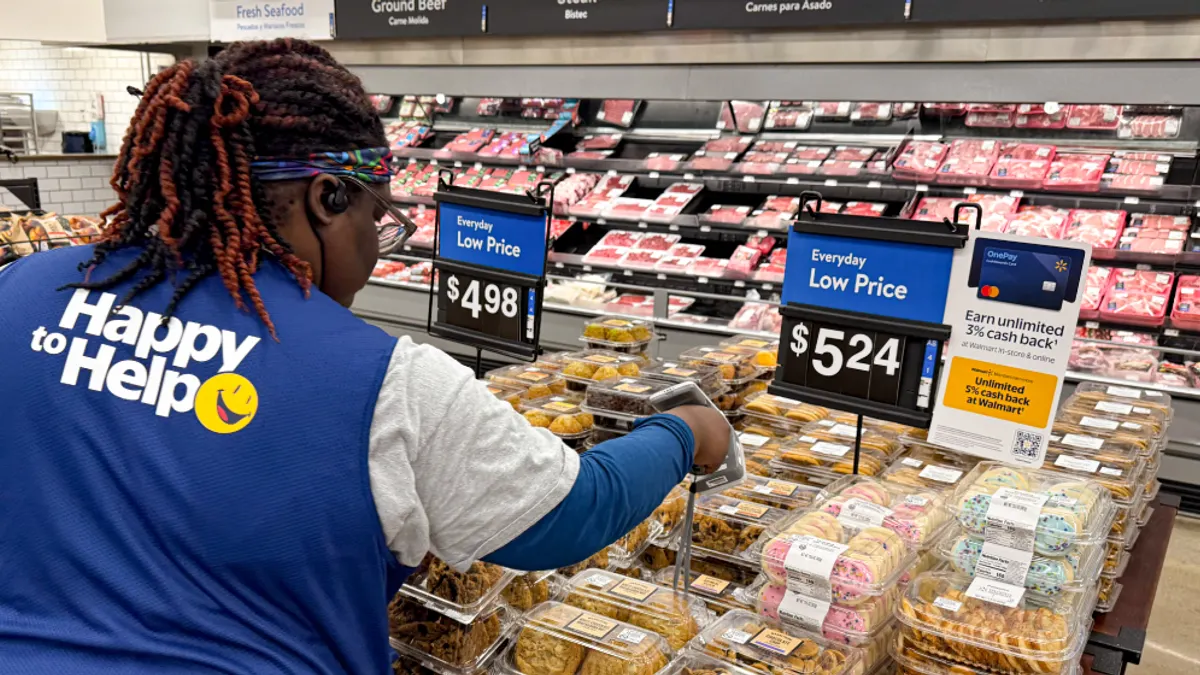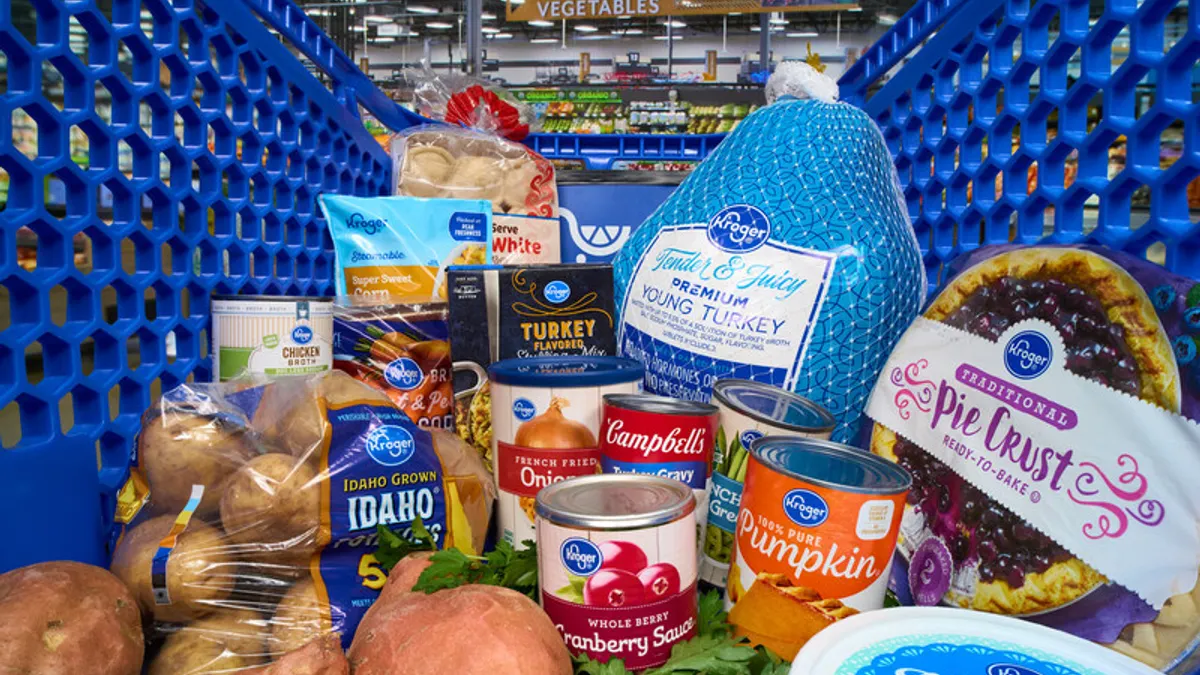Ann Azzopardi is a program management consultant with Symphony RetailAI.
Both as consumers and business leaders, economics are a constant factor in our decision-making. We notice when something costs more or when our total at checkout is unexpectedly high. And in no sector of retail is this truer than in grocery, where shopping trips occur routinely several times a month.
Headlines suggest how badly consumers feel the pinch on their pocketbooks. Industry analysts and economists crunch numbers, eager to see what the data shows is happening in the market. I won’t recount those facts and figures here. What I do find interesting is that based on our recent analysis of 2.2 billion shopper transactions, people are spending more, but in many cases, they’re choosing to do so.
And, importantly, where they’re not choosing to buy something because of a higher price, a grocer is at risk of losing that customer’s entire shopping trip to another retailer. Let me explain in more detail.
Retailers must count on fresh as a driver of frequency and loyalty.
The transaction data we analyzed signals consumers’ very clear prioritization of fresh items. Despite inflation being more prevalent in fresh – which I’ll explore further in a minute – fresh grocery items are still a primary driver of frequency. Fresh is the most frequently purchased category, with our data showing that fresh items are purchased twice as often as frozen products.
Fresh also has the highest share of basket: For every 10 items in a customer’s cart, four items are fresh (43%), which is seven times more items, on average, than frozen, which comprises only 6% of a shopper’s basket.
Fresh grocery items are important to shoppers today, based on the basket composition and purchase regularity we observed. This means fresh can be counted on as a driver of not only frequency but also shopper loyalty – that is, if a retailer can continuously access insights into nuanced customer behavior at a deeper level, understanding how price and promotions motivate shoppers, and where transaction data may signal that a change is needed in an item’s strategy, especially in an inflationary time period.
Across all departments in a store, shoppers are paying more for their groceries. Our insights indicate that the average spend increase at checkout has gone up by $6 for every $100 spent. That increase is made up of two key elements: the actual price tag of the items purchased, and/or a change in the product mix.
At a store level, we found that of that $6 increase, more than $4 was due to customers trading up or buying premium. Their product mix was changing. This means the balance – just $1.50 or so – was down to actual item-price increases.
We were curious to know where inflation may be felt more urgently, so we dug further.
An analysis of fresh grocery categories exposes where inflation hurts most.
If all categories were equal, inflation would be to blame for one-fourth of the average increase in what a shopper spends on groceries. However, when we analyzed fresh categories separately, the picture changes.
We found that a significantly larger portion of price increases for fresh items – $2.75 or nearly half of that $6, to be exact – are due to inflation, not customer choice. This is considerably more compared to the frozen or ambient aisles. Therefore, by our assessment, customers are feeling the pinch much more when they are buying fresh than in other grocery categories.
So how are shoppers adjusting to this reality when shopping the store’s perimeter?
Traditional grocers must be aware of a shrinking customer base in meat, poultry and dairy.
There are three fresh categories that our research revealed to be underperforming amongst the most price-sensitive shoppers in traditional grocery: meat, poultry and dairy. Simply put, prices on these items are too high for around one-third of all shoppers, thanks to inflation, so they buy less.
Why should this trend raise red flags? Because if shoppers are worried about high prices in one area of the store, there’s a real danger they’ll leave to shop elsewhere. Where price increases are too great to accept here and there, a shopper could trade down for another brand or alternative.
But there’s an inevitable tipping point when they might decide to transition their entire basket over to a retailer with an offering more closely aligned with their perception of value, be it through more aggressive promotions or more competitive prices on items that are important to them. That’s the real risk. The retailer wouldn’t just be losing that customer regularly buying their chicken or their steak at the store; there’s a good chance that the customer’s entire basket would be lost.
The corollary is that shoppers, by our analysis, are more tolerant of inflation in their produce selection, still prioritizing purchases of fresh fruits and vegetables despite inflation. So, a grocer rethinking category strategies can opt to absorb more margin pressure in their meat, poultry and dairy products, knowing they can offset with richer margins in the produce aisles.
The grocery industry will weather this period of uncertainty, but the trends we’re seeing among price-sensitive shoppers really do call for a more critical look at strategies in the face of inflation. It’s time that retailers stop thinking in categories and start thinking like shoppers, building strategies in a way that meets real customer needs while maintaining a shopper’s loyalty to their store.

